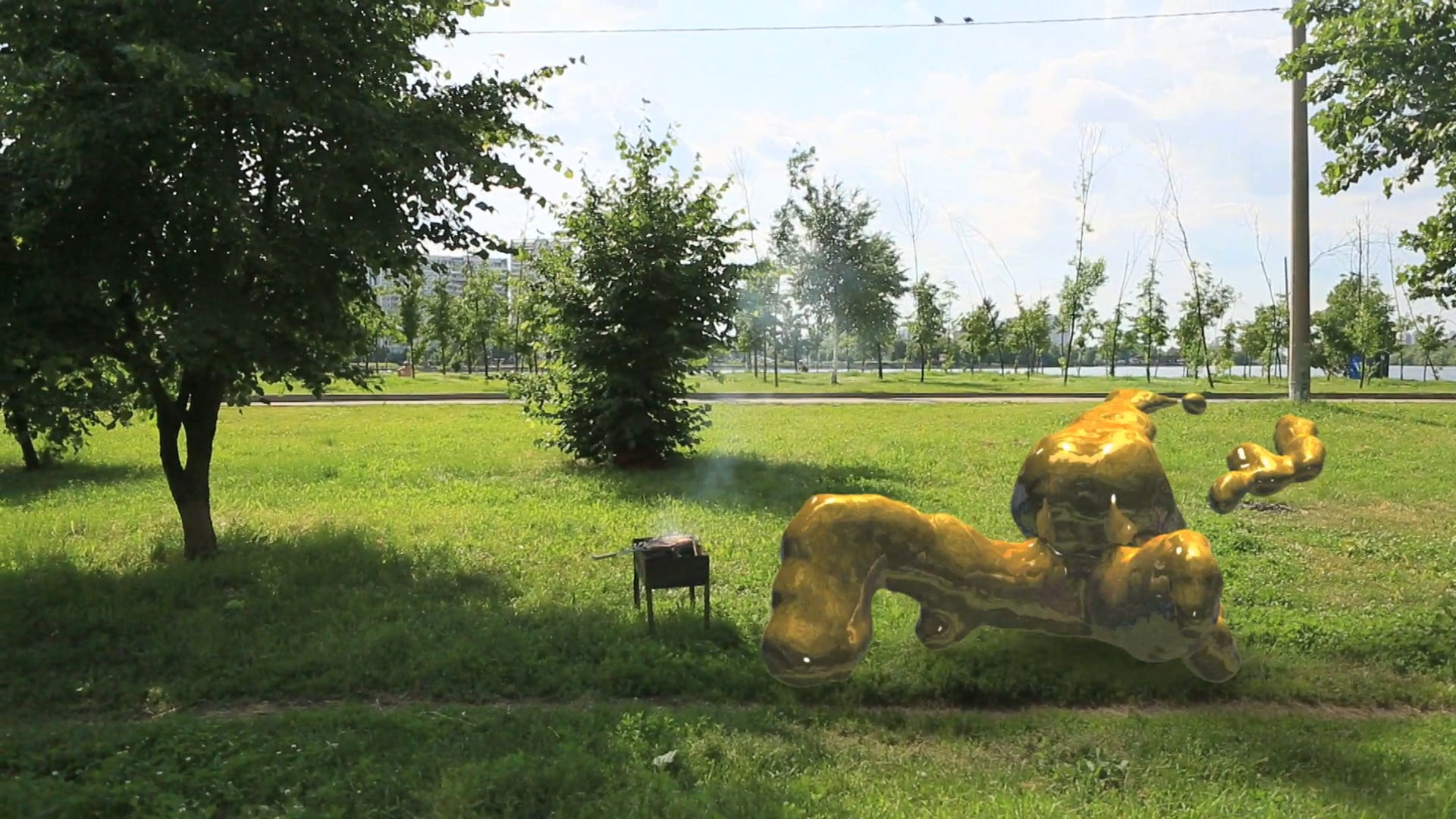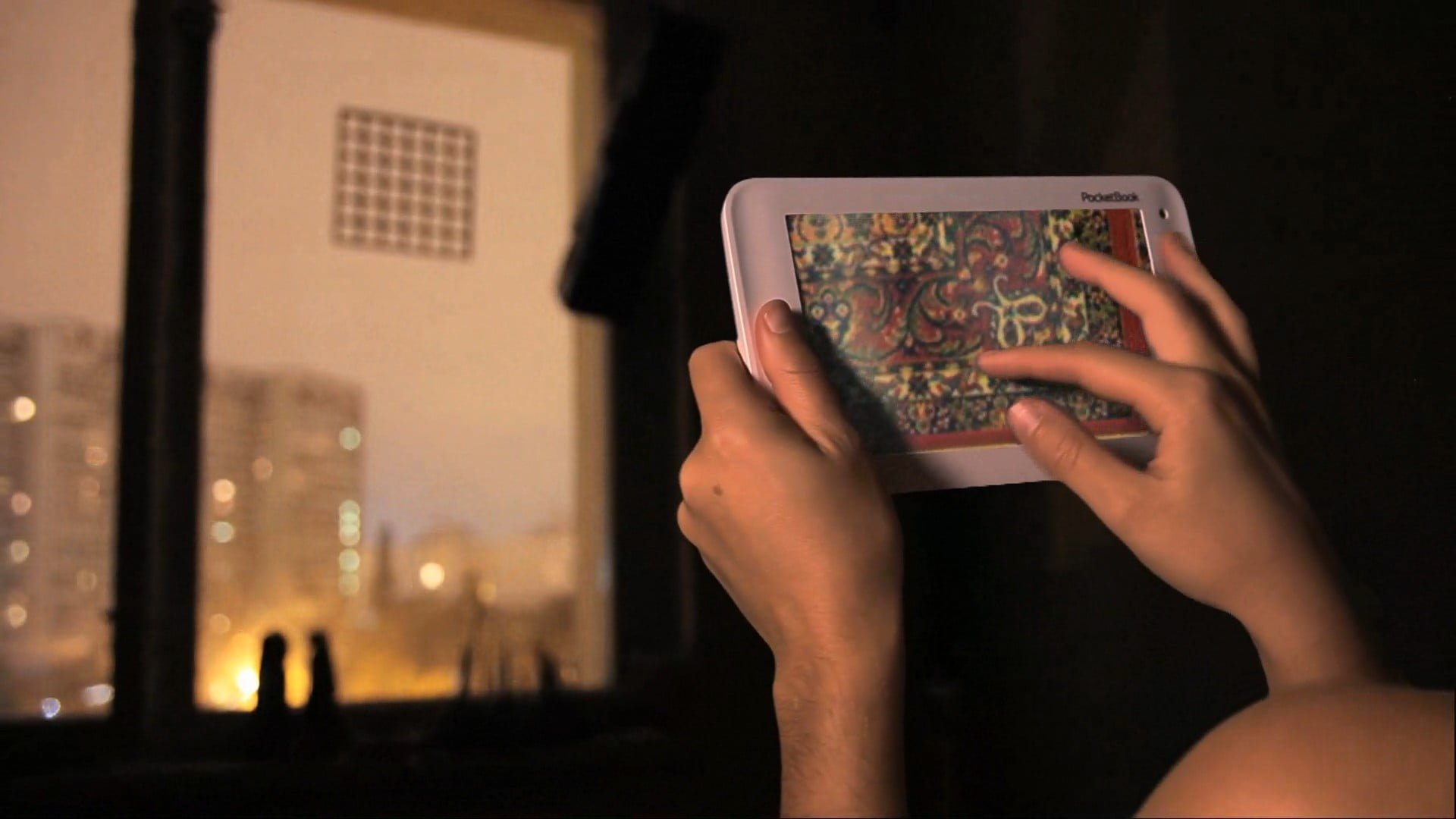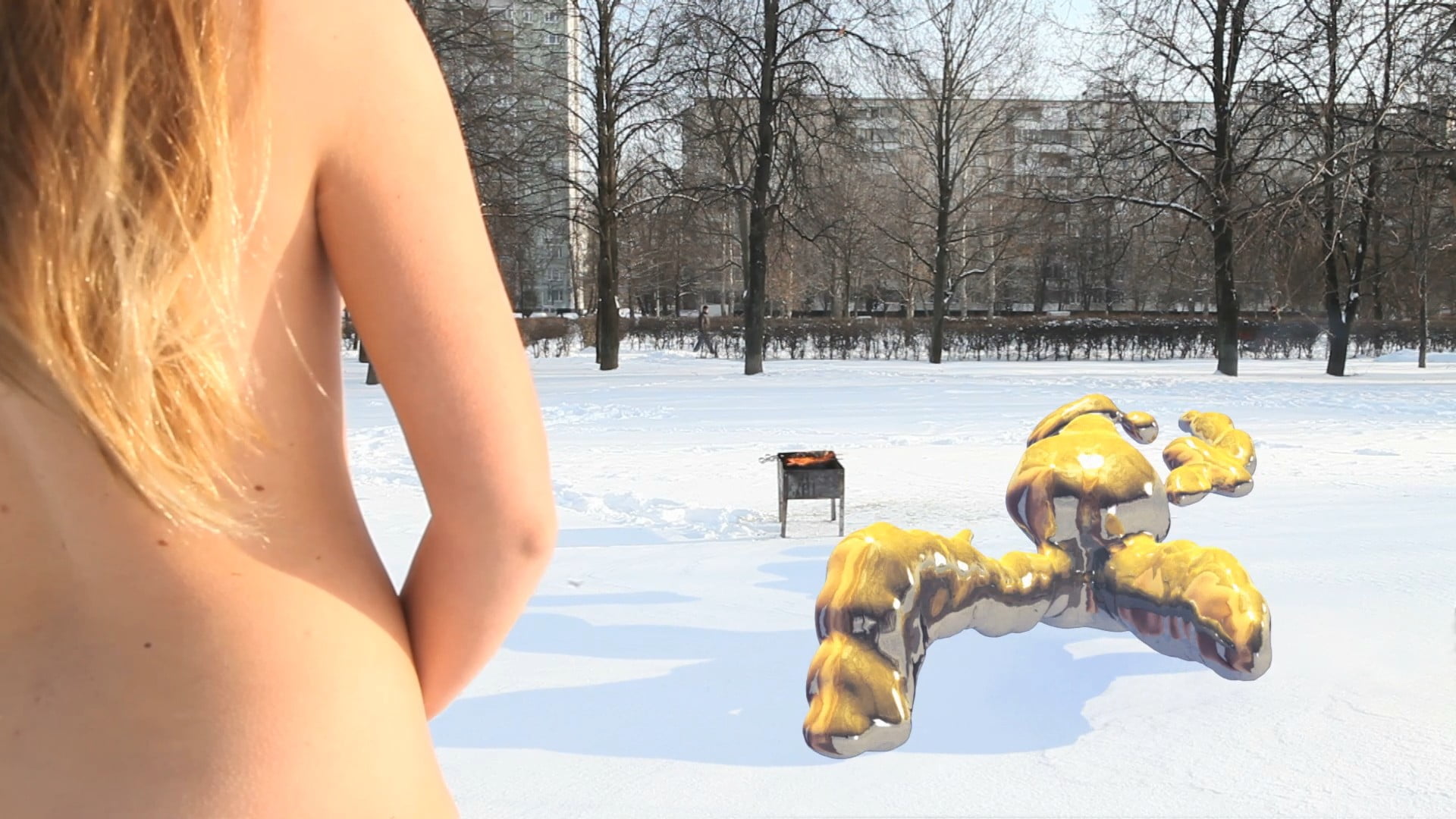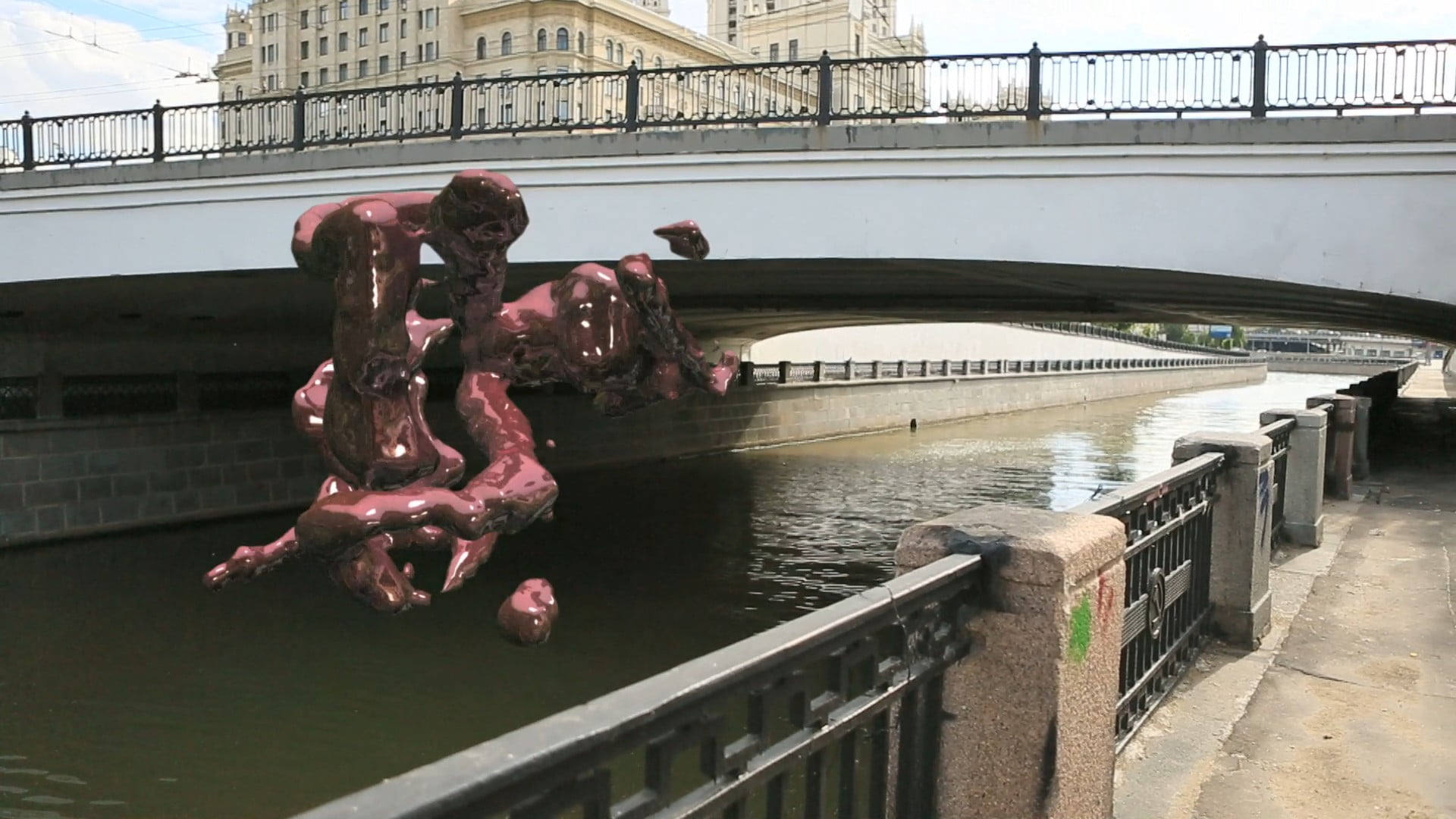2014, video, 12 min





Short film UNHEIMAT based on russian fairy-tale Gusi-Lebedi
(Geese-Swans). It`s Title is compiled by two words: Freud`s concept of
Unheimlich and deutsche word HEIMAT.
In 1919 the Viennese doctor Sigmund Freud published his essay ‘Das Unheimliche’ (‘The Uncanny’), where he examines in his characteristically categorical manner one of the most subtle and refined figures of the Romantic era, E. T. A. Hoffmann. Hoffmann, as you may imagine, became an object of study and close scrutiny, a specific example that corroborated the doctor’s theories. In his view the appearance of anything terrible or frightening was a consequence of fears and childhood traumas repressed in the subconscious mind. It should be noted in passing that Freud may have been a brilliant practising doctor and legendary figure of his age, but any evaluation of literature or interpretation of artwork should have been categorically counter-indicated: when reading ‘The Uncanny’, you constantly have the feeling this is a crude and imprecise investigation rather than analysis.
Borrowing Schelling’s definition (‘Uncanny is what one calls everything that was meant to remain secret and hidden and has come into the open’), Freud concludes that horror appears when man ‘discovers the terrifying face of the Other’. This is the starting point for Freud’s formation of new semantic relations and imaginary connections that inevitably lead to fear of castration and patricide.
Apparently Mikhail Maximov’s new film (for the first time the artist consciously deals with more ‘serious’ subject matter and the fuller form appropriate to it) is concerned not so much with Freud as with the dynamic philosophical tradition of conceptualising this horror, of trying to formulate and identify a source behind the emergence of primordial fear. At the same time the author finds an exact ironic form.
For the film’s title Maximov used the German neologism Unheimat (the German word ‘Heimat’ or ‘native land’ with the negative prefix ‘un-’ denotes ‘not homeland’ or ‘absent homeland’). Thus he determines the semantic field and also finds a formal device to structure the film. The drama as a whole is built around the Russian folktale ‘Swan Geese’, but the author seems to emphasise the antiquity and homespun simplicity of events. The plot is delivered in two voices: while the female voice sings, her male counterpart (the voice of the artist?) whispers.
Sound becomes responsible for the seriousness of what occurs, for the horror that gradually pervades this film. The dialogue between a conditional Alyonushka and the strange multi-coloured being offering her food acquires a cyclical nature. At a certain moment the viewer begins to wait for the finale as a deliverance from vocal confusion, from sounds unfamiliar to the modern ear. Moreover the strange background noise has yet another important quality: it alienates reality, now achieving the maximum conditionality of concrete objects (bridges, asphalt, etc.), now turning them into an absurd combination of artefacts (a brazier with burning coals, decorative window frames, etc.). Maximov manages to upset basic alignments with a very direct and precise action.
All this evokes associations with the works of Franz Kafka, in particular ‘Metamorphosis’. The principal character of the novella, Gregor Samsa, wakes up one day to find himself transformed into an insect (incidentally, in German ‘Ungeziefer’ with the same negative prefix ‘un-’ means a ‘harmful insect without any beneficial qualities’). In turn the viewer is confronted by a situation where in the reality to which he is accustomed there appears a super-technological speaking being, reminiscent of an accumulation of mercury and apparently answerable for and sometimes embodying the corporal, physiological nature of man.
The analogy with Kafka can be continued, since Maximov’s film declares the notorious ‘impossibility of interpretation’. Any interpretation seems imprecise and a priori cannot be exhaustive without the risk of appearing ridiculous. The artist indicates several storylines, hence several possibilities for interpretation, but none are fully developed. In its entirety the film turns out to be a foreboding, a very hermetic volume, reminiscent, probably, of poetry or becoming immanent to poetry. This is the most impressive achievement in contemporary Russian artistic practice for a long time.
Text: Ekaterina Inozemtseva